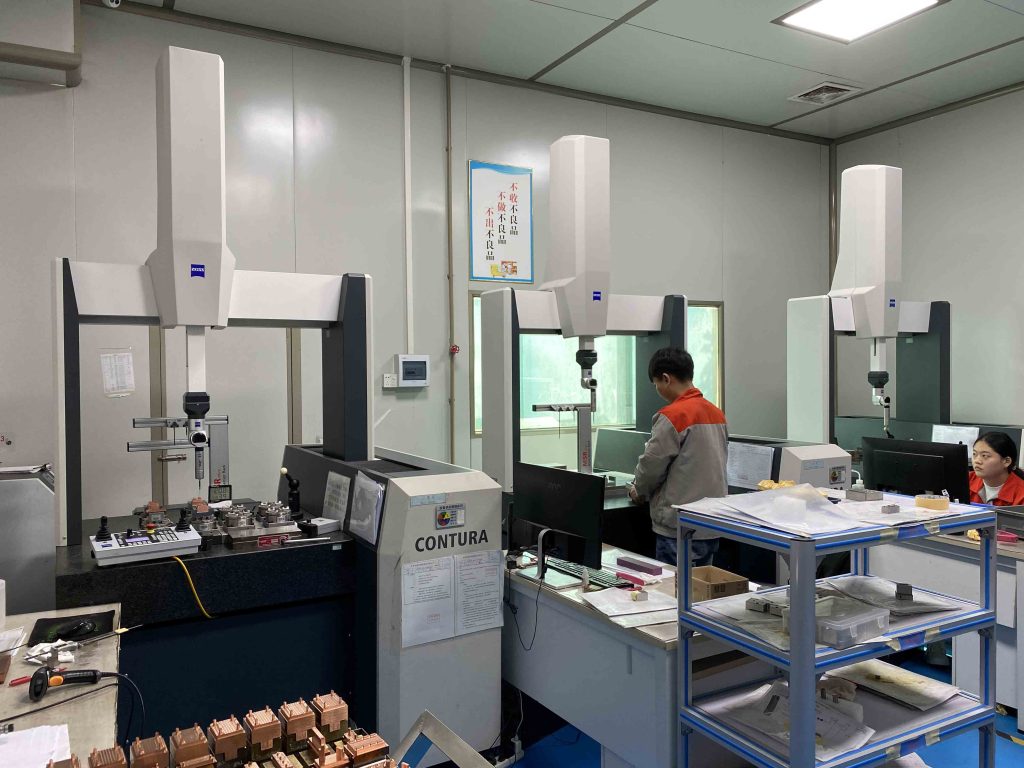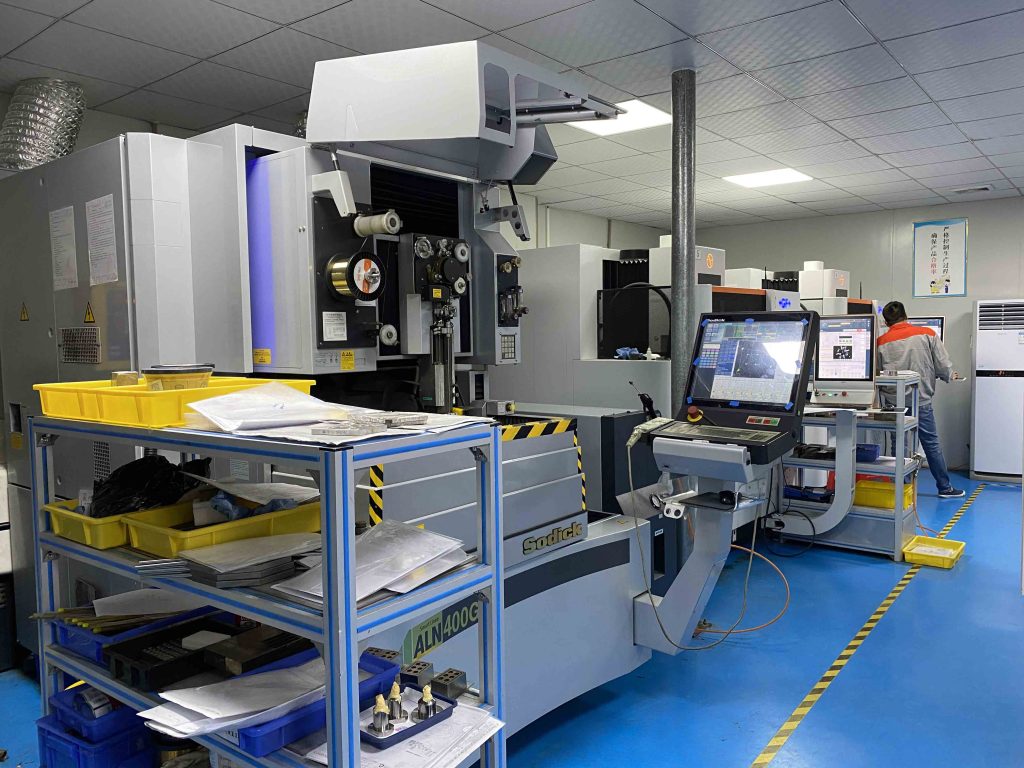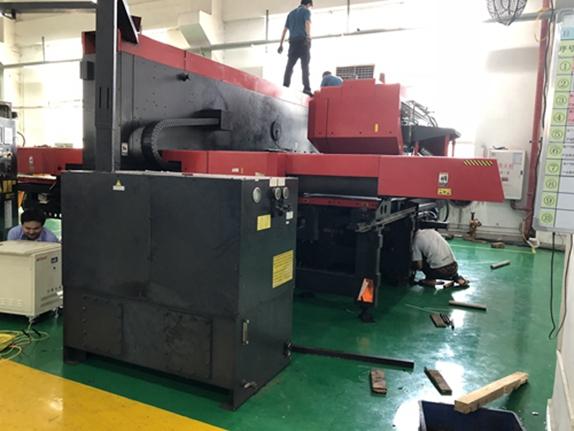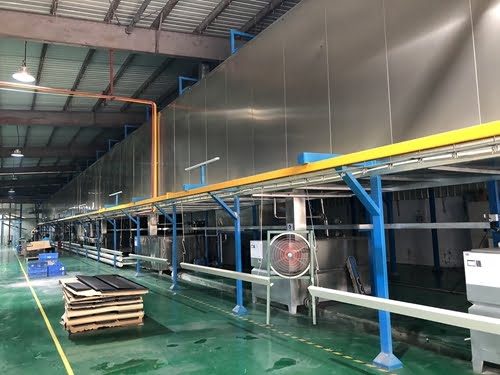In the processing industry, batch part processing can best reflect the processing advantages. One is efficiency, because processing batch parts first can save time, and the increase in efficiency can reduce many costs. The most important thing is to save time.

Generally speaking, the efficiency of 3-axis machining of batch parts is relatively low
First, it requires multiple clamping. If the part has four sides, the entire workpiece needs to be machined six times. Processing efficiency goes without saying. A lot of time is spent in clamping, and more machines are needed to distribute the machining of multiple surfaces. If you encounter a side that is not easy to machine, you need to create a jig to assist in the machining, which is too costly and not ideal for efficiency.
However, 5-axis simultaneous machining has perfected many problems. First, in terms of efficiency, the first clamping of 5-axis machining does not require as much effort. Multi-face machining can be done with only one clamping. This increases efficiency and reduces the need for NC field clamping. It also reduces a lot of the time and cost of fixture-assisted machining.

A typical 3-axis machine requires six clamping cycles to machine a finished part. A five-axis machine basically requires only two clamps to complete the entire workpiece. It also reduces the time and cost of jig-assisted machining. A typical 3-axis machine requires six clamping cycles to machine a finished workpiece.
A five-axis machine basically requires only two clamps to complete the entire workpiece. It also reduces the time and cost of jig-assisted machining. A typical 3-axis machine requires six clamping cycles to machine a finished workpiece. A five-axis machine basically requires only two clamps to complete the entire workpiece.

So the five-axis has a great advantage in efficiency, followed by quality. The first and most important thing to ensure the quality of the batch parts is to ensure the quality. Because if there is a quality problem, the whole batch of workpieces will have to be reworked, or even the whole batch will be scrapped. Therefore, before improving efficiency, it is important to ensure quality first.
Three axis machining multilateral batch parts have more clamping times, so there will be some errors in the machining side, such as poor connection or machining can not be machined. Sometimes it is necessary to outsource electrical discharge to complete the machining, regardless of the cost and expense, the quality will also be lacking, but when the five-axis machining encounters some complex faces, the angle of the workpiece can be changed to provide the best cutting environment for the tool.

Since there is no need to disassemble the workpiece for calibration and centering, the error is greatly reduced when machining the side. In many complex structures that cannot be machined by three axes, the five axes can also be machined according to the changing angles, reducing costs and ensuring the quality of the workpiece.













